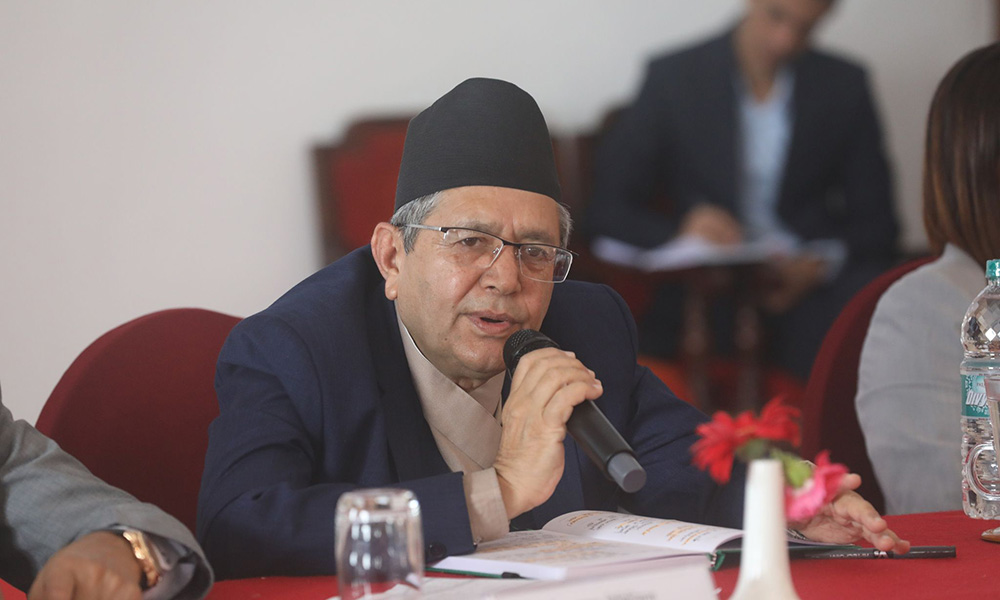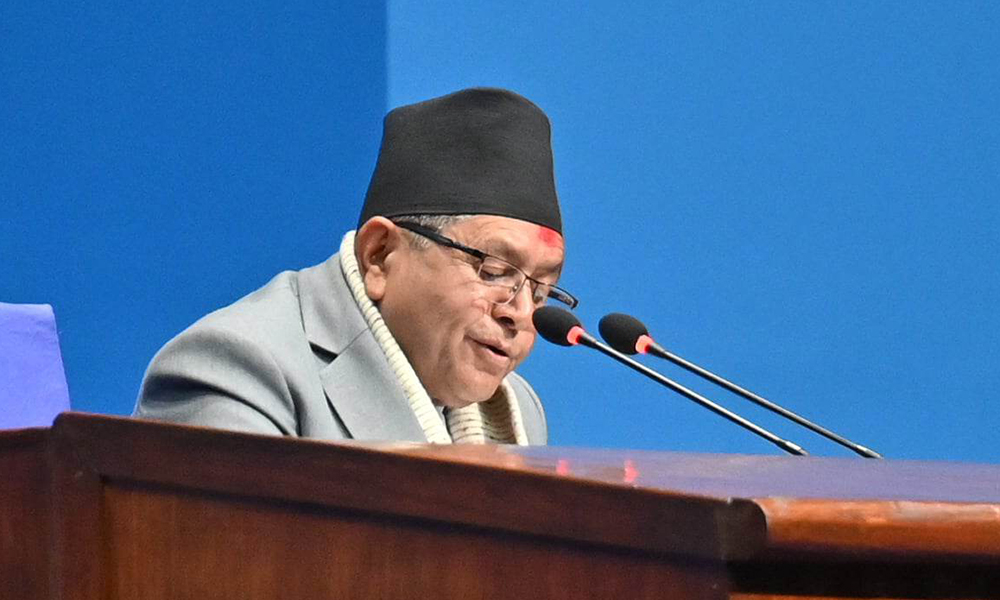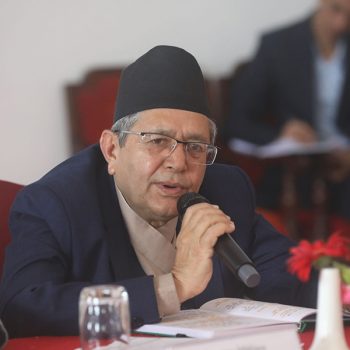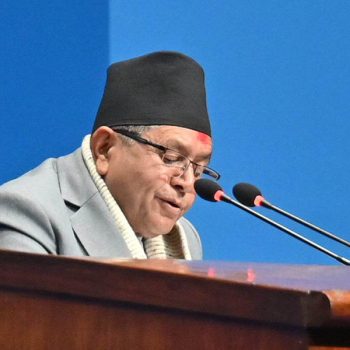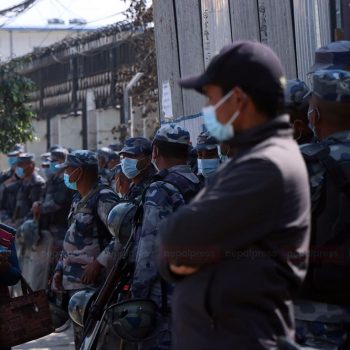The butterfly effect of climate finance in Nepal: Bridging global inequities at COP 29
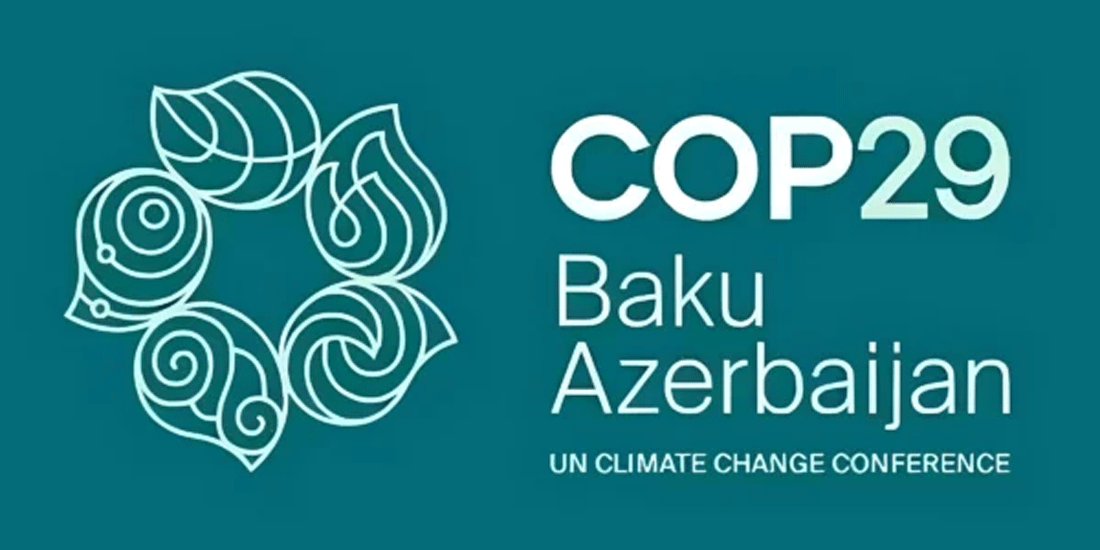
KATHMANDU: The butterfly effect is the idea that even the smallest action—a butterfly flapping its wings in one part of the world—can set off a chain of events that leads to far-reaching consequences. This interconnectedness is a powerful reminder that our choices, no matter how insignificant they may seem, ripple across the globe, affecting not just our lives but also the environment and those in distant lands.
When a person in a distant country decides to drive a little more, thinking it won’t make a difference, that choice could indirectly contribute to the melting glaciers in the majestic mountains of Nepal. This illustrates how deeply interconnected our global system truly is. The boundaries that separate us—whether a country is classified as less developed, developing, or developed—blur in the face of the climate crisis.
As we reflect on these connections, we must confront a crucial question: who is responsible for these global changes, and who bears the brunt of their consequences? In this web of complex global connections, we are all part of the same story. Every action counts, and our collective story is shaped by our choices.
Some countries, like Tuvalu—a small island developing state located halfway between Hawaii and Australia—exemplify the grave injustice inherent in this situation. The people of Tuvalu, with one of the smallest per-capita carbon footprints globally, grapple daily with the consequences of climate change, struggling to cultivate their staple foods as rising tides sweep away their land. Nepal, too, finds itself on the front lines, paying a heavy price for a crisis it did not cause.
One recent tragedy in Nepal underscores the country’s vulnerability. This year’s monsoon season brought extreme, erratic rainfall—some of the heaviest in over 50 years—triggering catastrophic floods and landslides that claimed dozens of lives. Within a few days, more than 200 people lost their lives, while many others were injured or displaced as homes, roads, and infrastructure were swept away. Extreme weather events are becoming more frequent, and rainfall patterns are growing increasingly unpredictable, both of which can be linked to climate change.
Similarly, the spread of malaria to Nepal’s mountainous regions is a troubling sign of climate change. Historically, malaria was virtually unknown in these colder areas, but rising temperatures have allowed mosquitoes to thrive. In a remote village in far-western Nepal, over 900 malaria cases have been reported in the last three years—a significant increase for an area that was once free of such diseases. A community health volunteer in the region shared that the health burden has worsened as warmer temperatures make it easier for mosquitoes to breed in these high-altitude areas.
Another such story is about the rain-shadow zone in Nepal, traditionally a dry region even during the monsoon season. However, rising temperatures are now causing more intense and frequent rains, resulting in landslides and floods that contaminate local water sources. What used to be a reliable supply of fresh meltwater is now often polluted, leading to frequent diarrhea and other health problems. As a result, waterborne diseases have become the second most significant health concern for the village’s residents.
While people in such remote regions may not be familiar with terms like “climate change” or “global warming,” their experiences reflect its impact. Sadly, their stories often go unheard, both within their country and at international gatherings like COP.
As the COP 29 climate summit approaches this November in Azerbaijan, the question remains: will the voices of vulnerable nations like Nepal be heard? It seems as though the focus lies on setting an increased target for the New Collective Quantified Goal (NCQG), but little attention is given to the strategic approach needed for managing these funds, given the inconsistencies observed in previous years.
According to OECD data, 2022 marked a significant milestone: climate finance finally surpassed the US$100 billion target set in 2009, reaching US$115.9 billion. While this achievement came two years later than the original 2020 goal, it still represents a crucial step forward. However, it’s essential to examine how these funds have been allocated to support the most vulnerable populations.
From 2015 to 2020, developed countries paid approximately $353 billion, with $189 billion coming from direct country-to-country payments. While these payments were intended as donations to support developing nations, 54% of the funding was provided as loans, leading to increased debt challenges for countries grappling with problems largely caused by the developed world.
In 2022, climate finance directed toward low-income countries remained relatively low, accounting for only 10%. The OECD report revealed that, similar to prior years, public climate finance was predominantly composed of loans, which represented 69% or $63.6 billion. Not all of these loans were concessional; some were provided at market rates. In comparison, grants constituted only 28% of the total, amounting to $25.6 billion, while equity investments were even less significant at $2.4 billion.
This approach of giving funds as loans at market rates is unusual for climate-related and other aid projects, which typically feature low or zero interest rates. Therefore, even if the pledge is fulfilled, we can conclude that it is exaggerated, as donor countries will redeem a significant portion of the climate finance through loan repayments and interest.
Surprisingly, investments in retail stores, hotels, airports, and movie theaters have been classified as climate finance. For instance, Italy has invested in Asia to establish chocolate and gelato shops, while the United States provided loans to Haiti for developing coastal hotels. Meanwhile, Japan funded a new coal plant in Bangladesh and supported airport expansion in Egypt. These peculiar investments are being labeled as climate finance, despite the absence of official guidelines to regulate such activities. The responsible entity, the U.N. Framework Convention on Climate Change (UNFCCC), seems more focused on tallying numbers than on making a genuine impact on climate change issues in the affected countries.
The goal of mobilizing $100 billion annually for climate action, as agreed upon in the Paris Agreement, can be seen through the lens of the butterfly effect. Investing in renewable energy, conservation, and adaptation strategies can lead to profound shifts in global carbon emissions, biodiversity, and community resilience.
While climate finance is intended to support the poorest nations as compensation from developed countries, it has increasingly become a mechanism through which rich countries provide climate funding with interest attached. Climate finance has become a business venture, and money is being redirected back to the respective donor economies. As a result, vulnerable nations are stuck in a vicious cycle. With extreme weather conditions, they face economic losses that leave them with no other option but to take loans from developed countries. With heavy debt, they will have fewer resources to invest in climate solutions, further increasing the risk of climate stress. A report from the United Nations Development Program shows that fifty-four nations, including Egypt, Kenya, and Sri Lanka, which are heavily indebted by climate loans, are facing higher costs due to climate change.
Given such inconsistencies in fund allocation and effectiveness, there is a need to highlight the importance of a more thoughtful approach. As COP 29 approaches, it is imperative that discussions go beyond mere financial commitments and recognize the significance of equitable climate finance, ensuring that funds are allocated effectively to support those most affected. By prioritizing grants over loans and investing in genuine solutions rather than superficial projects, we can harness the power of collective action to create a positive ripple effect.
Just as the flap of a butterfly’s wings can set off far-reaching changes, so too can the conscious choices of developed nations in climate finance help foster resilience, promote sustainability, and bridge the global inequities at the heart of the climate crisis. In the face of growing climate challenges, vulnerable countries like Nepal need genuine investment and immediate support—not empty promises or token gestures. As climate impacts intensify, the world’s most vulnerable countries must not be left to navigate this crisis alone.




